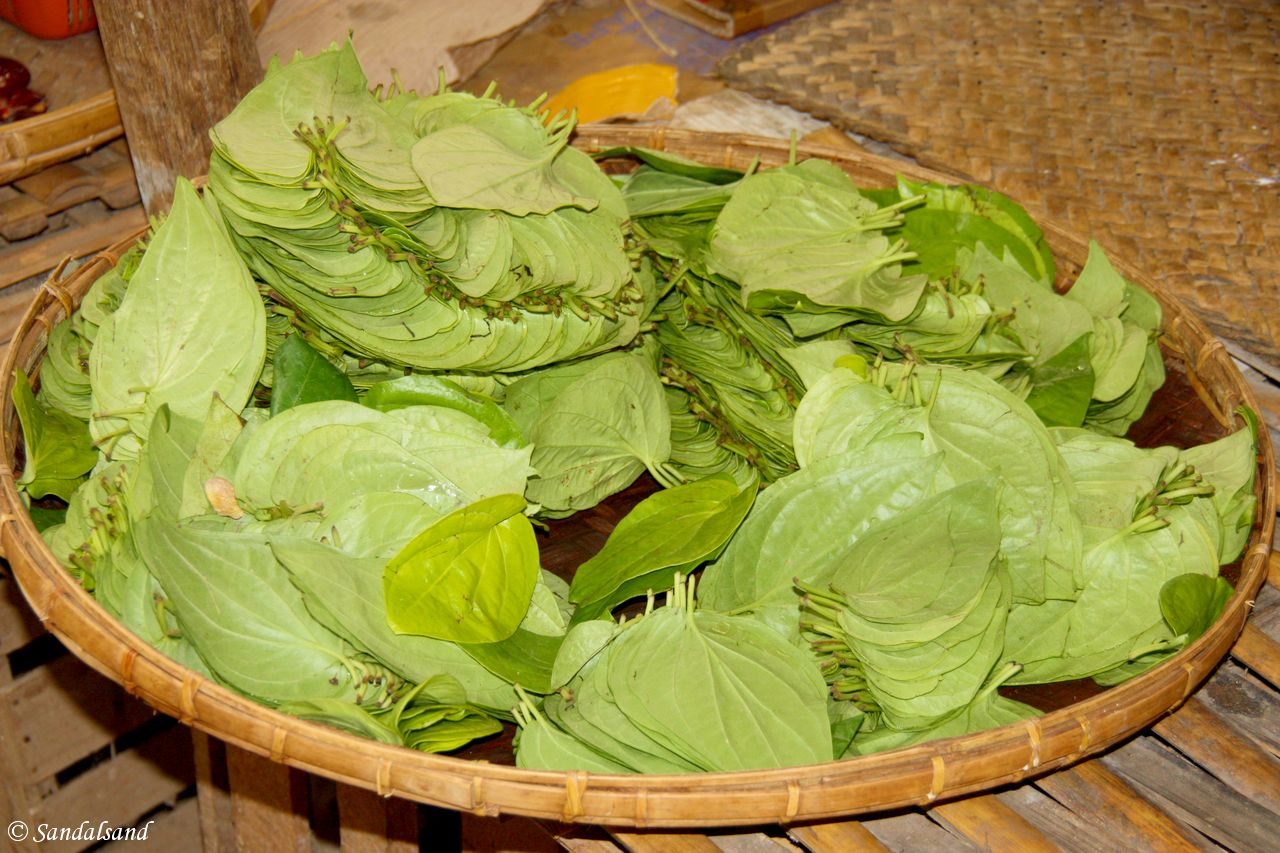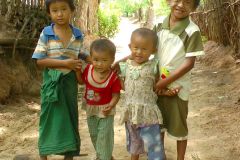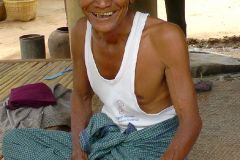Not so interested in temples, or curious about what else to see in Bagan? This article offers hints and practical advice on other sights to satisfy your curiosity.
This is #10 of twelve articles describing my 2013 visit to Myanmar. In addition there are 7 videos and a large picture album.
Why what else?
Bagan is primarily about religious buildings. Period. There are thousands of them, dating back to the 11th, 12th and 13th centuries, most of them. They have evolved over time, but the general impression is that a visit to Bagan brings you back in time hundreds of years. Sooner or later you get tired of all the small and large mounds of brick. What is there to see apart from the temples?
I will be discussing the other sights in and around Bagan under three headings: People watching, villages and perhaps the premier sight of all, the Mount Popa.
People watching
This is one of my favourite pastimes wherever I travel. Walking around in a market, sitting down on a roadside cafe or restaurant, taking a rest at other places where local people gather. Shopping is not my favourite, but I did have a look inside a lacquerware studio in Bagan. As in Amarapura I was given an introduction inside the workshop before ending up in a store. And I really did leave some money behind, this time.
The most interesting market in the Bagan area is probably the one in Nyaung U, the main town. Underneath the corrugated iron roofs covering a number of streets and buildings I found a very exotic and genuine market. The Mani Sithu Market is for the locals, not tourists.
In New Bagan I had the luck to find a festival. That evening thousands had come to walk the streets running up from the river, cheering, singing, shopping and riding the most amazing Ferris wheel I have ever seen. It was about 10 metres high, looking like just about any other Ferris wheel elsewhere in the world, but it moved not by an engine. It was manually turned by young men climbing on the outside, two or three at a time. Fascinating, and not at all in compliance with EHS regulations at home (in Norway at least).
Villages
I enjoyed walking the streets of the small towns in the Bagan area, that is Old Bagan, New Bagan and Nyaung U.
Apart from that I had hired a chauffeur driven car to visit Mount Popa (see below). On my return I had plenty of time to stop by two villages. The first was an anonymous place on the Byat Ta Pan San Road in between Mount Popa (which also has a couple of semi-interesting villages) and Bagan. This was a place my driver knew of and I found it more genuine than the others combined. It was an amazing place and I loved walking around with a string of children tailing me.
Video: Village life in rural Myanmar
Myanmar is one of the world’s poorest and most under-developed countries. It is also a rural country and most of the population is still involved in agrarian activities. This village looked like a prototype. They did have a school, even some houses made of brick (for the most affluent). Most residential houses served as combined livestock and people dwellings. The dogs were as attentive here as everywhere, and water had to be fetched from the pond outside the village where the cows were grazing.
In the Bagan area I visited another village. This one had a name, Minnanthu, and they were used to foreigners here. A welcoming committee of guides were waiting at the entrance and I was taken for a round of sightseeing by a local lady speaking basic English. Nice and friendly people, attentive and eagerly interested in showing their visitor what village life was about.
Taung Kalat (Mount Popa)
Most people seem to call this destination Mount Popa, but it’s not. Popa is an extinct volcano, which nobody visits. There is however a popular place drawing tourists on day excursions from Bagan. Fortunately it draws even more pilgrims from other places in Myanmar. Taung Kalat is the place to go.
Perhaps I should say climb. There are 777 steps to walk up the almost vertical cliff face. On top there is a temple, with not so very interesting contents for a foreigner. It is on the other hand very important for Myanmar people, and when I was there the vast majority of people making their way up were locals of all ages.
There is a colony of monkeys here. I had been warned against keeping sunglasses on, or anything that might tempt their propensity for pick-pocketing. I had forgotten the water bottle I had in my thigh pocket. A monkey mother with a baby attached to her belly jumped on to me and ripped up the pocket and ran away with the bottle. She was fast, I was startled and very uncertain what would happen if I hit back. I decided in a split second to let her go.
The Taung Kalat offers a spectacular view in all directions, and is in itself a lovely sight. Needless to say, if you have time you should come here. I also went up to the Popa Mountain Resort for lunch and an even better view than what you normally get from down below.
My Myanmar travel map
This map is an overview. Zoom in and out of this very detailed map and click the markers. You may also expand the map into a new tab or window. Find the places described in this article about what else to see in Bagan and around, on the middle, left side of the map.
Read more
This article about what else to see in Bagan and around, is part of a series from Myanmar, describing my travels in August 2013. My visit is presented in ten chapters, a planning document and an article with some final impressions from a country which is included on just about everyone’s bucket list. Read all chapters:
(2) The Amazing Shwedagon Pagoda
(4) The Night Train to Mandalay
(5) The Train Across the Gokteik Viaduct
(6) The Train from Kalaw to Shwenyaung
(7) Amarapura, Sagaing Hill, Inwa and U Bein
THIS CHAPTER: (10) What else to see in Bagan




